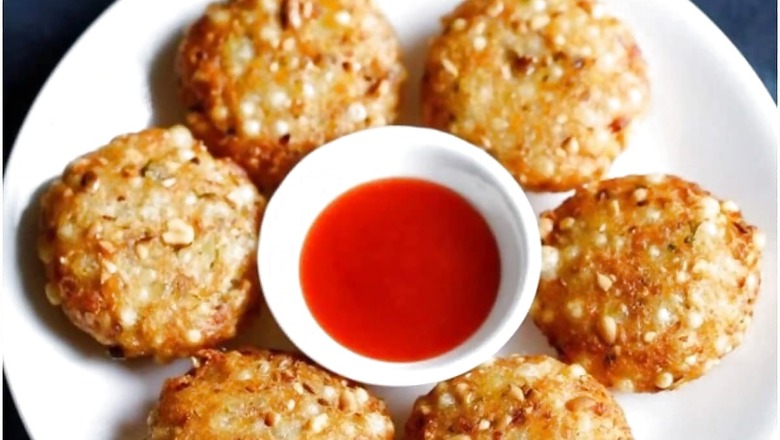
views
Shivratri also addressed as Maha Shivratri is an immensely popular festival honouring the divinity, Lord ‘Shiva’.The uniqueness of Maha Shivratri abounds in the fact that it is a night-long festival which involves ‘jaagaran’ – a night of wakefulness to usher in a sense of well-being.
The Puja or ritual following Maha Shivratri is carried out following a particular ‘vidhi’ or practice.
Practically the ‘fasting’ or ‘vrat’ is a part of the ritual and begins as a prelude to Maha Shivratri on ‘Trayodashi’, that is on 10 March itself. It includes eating only one time. Fasting detoxifies the body.
In order to pursue an all-night vigil, chanting, and prayers, it is a pledge to adhere to self-determination that devotees make, and seek the Lord’s blessing during the observance.
Devotees religiously worship Shiva following the fasting guidelines on this auspicious day that enforce renewed vigour and make them more receptive to grace and reap maximum benefits from the ritual.
Abstain from rice, wheat, any variety of pulses during the fasting period.
Ensure that the above-mentioned pulses are not consumed neither in raw nor in cooked form along with other food items. The norm of fasting stems from the fact that it is a combination of austerity and vigil that bring about a certain discipline to the body and mind.
In order to maintain the fasting, one could wake up at the break of dawn on the Brahma muhurta/mahurat which is 2 hours before sunrise; take a bath, meditate. And remember that the fasting needs to be observed till the next day between sunrise and before the end of Chaturdashi as recommended by the Panchang calendar.
The strict form of fasting requires devotees to completely stay way from eating or drinking anything.
Soaked peanut, fruits, milk, honey, sabudana, coconut water can be consumed in the milder form of fasting.
Another important rule of the fasting is that devotees must stay away from regular salt. Instead rock salt or Sendha Namak could be used.
The fasting is continued while performing the Maha Shivratri Puja, with shiv linga ‘Abhishekam’ with ghee, honey, raw milk, flowers; along with lighting incense, diyas the ‘vidhi’ as a part of the ritual.
Most importantly, fasting is not only about not ‘eating’ per se; it is about abstinence from random, stray, negative thoughts too that impact our mental wellness.
Read all the Latest News, Breaking News and Assembly Elections Live Updates here.



















Comments
0 comment